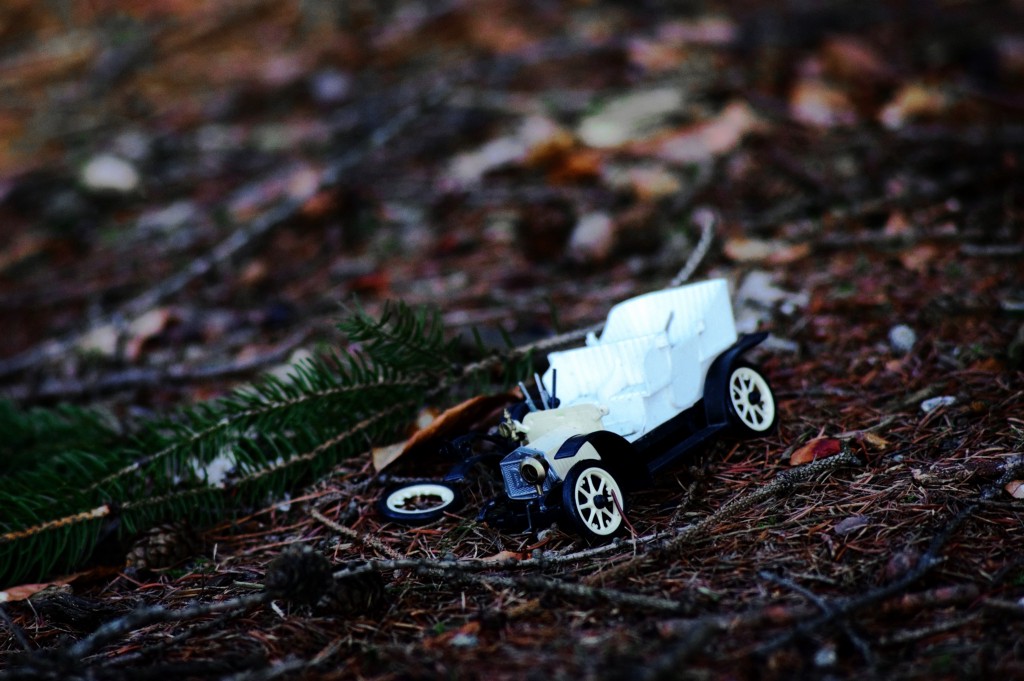The Spaces Between the Questions on my Crash Report
A love story

I don’t quite know why I purchased the crash report; most of the times when a website tells me it will be $12 to view something, I say no. I was curious though; what had the county sheriff’s office chosen to report about my harrowing day and the snowy mishap that had destroyed Twizzler, my Gray Honda Accord? I downloaded the document and opened it up.
The first thing listed is the date of the crash, 02/14/2014, but it doesn’t include any info on the significance of the date, the fact that it was Valentine’s Day and I was going to get to see my boyfriend for the first time in months when I got to St. Louis. There is no section for “circumstances prompting travel in slushy/dangerous conditions,” though “Environment Contributing Circumstances” is included and “Roadway Surface” is checked right there. Looking at the options on the list of contributing circumstances, a few struck me: “insecure/leaky load” is listed as part of the vehicle’s contributions, though I can see how my insecurity probably contributed to my driving style that day. Under driver’s contributions, “overcorrecting” isn’t checked, but I do feel like I’m often that person, the one who plans an elaborate Valentine’s weekend to make up for the long winter of being on two different paths and busily so.
Driver 1 is listed as me, but Driver 2 is listed by last name then first: UNKNOWN, UNK. Unk, as I think of him, was driving a semi, very quickly, which I know mostly because I was in the left lane, driving the speed limit, and he was passing me when my steering locked up and I lost control of the car. In the investigating officer’s words, “Unit 1 and semi collided and Unit 1 was catapulted into the median.” It doesn’t include a lot of things: the guy at the car place, much later, that pointed out that if there had been a barrier in that median, I’d have died, or what it feels like to spin extremely slowly in the middle of a major interstate highway, to see what it’s like to face backward while others face forward. It does mention that the semi didn’t stop.
Someone did stop though, another semi driver named Kumar. The officer found me. climbing out of the cab of Kumar’s truck. The officer got caught up by the two of us and wrote it all down: how I’d been shaken but unhurt, how Kumar stopped to check on me and allowed me to make calls from my phone in the warmth of the cab: he spoke in another language on his cell phone while I told my Dad I was okay, my boyfriend I was okay, and then began the first of a million calls to AAA. I didn’t even have time to report the crash before the officer had seen my car and pulled up behind Kumar’s semi. The officer simply verified that this gentleman was a bystander, that he was “released from the scene and left the area.” It doesn’t state that I still think about how kind that was, with snow falling and places to be, he saw someone spin out of control on a highway and land in a snowbank, and stopped to help. I’m sure I said thank you, but I doubt it was a very present thank you, and there’s no spot in the report for regrets.
The third page makes me grateful, because it has a whole section called “Ejection/Trapped” and in big block letters it has been typed NOT EJECTED OR TRAPPED. I wish that at the time I’d been thinking about those things I should have been grateful for, like not being ejected or trapped or killed when I collided into a highway barrier. Instead, I cried ugly, snotty tears in the officer’s squad car as he drove me to the nearest gas station to wait for a tow back to my apartment. I bet he thought I was sad about the car, though he didn’t even mention the sobs in the report; he’d have even less respect if he knew I was just bummed to miss seeing my boyfriend.
There’s a little diagram on the document, where my car, represented in pixelated line art, is all cozy up against the stylized drawing of the semi, with a simple arrow pointing up and to the left, as if I simply took an exit into the median. Maybe the software doesn’t allow for spiraling-out-of-control arrows. If there had been a diagram of me, sitting in the warm gas station, such an arrow would come in handy. I don’t like crying or crying in public places, and if there were a diagram of a blubbering me, trying to read a book of poetry while waiting for my boyfriend to call me back and tell me he was going to spend the weekend in St. Louis without me, well, I just don’t know what clip-art they could use.
There are all kinds of check boxes for alcohol and drug use, for how curved the roadway is and how many vehicles and drivers were involved in the crash. But a form cannot tell you everything; it cannot talk about Driver 3, the boyfriend who rented a car in a snowstorm and drove a long way after his already-long train ride. There’s no check boxes for “remembered flowers” and “walked with me to get Fazoli’s pizza and gas station wine” and “went sledding with me when we realized that the car was impounded while still waiting for a tow.” You cannot buy the story of a crash just because the report costs 12 dollars on buycrash.com, but it’s interesting to see what they leave out.